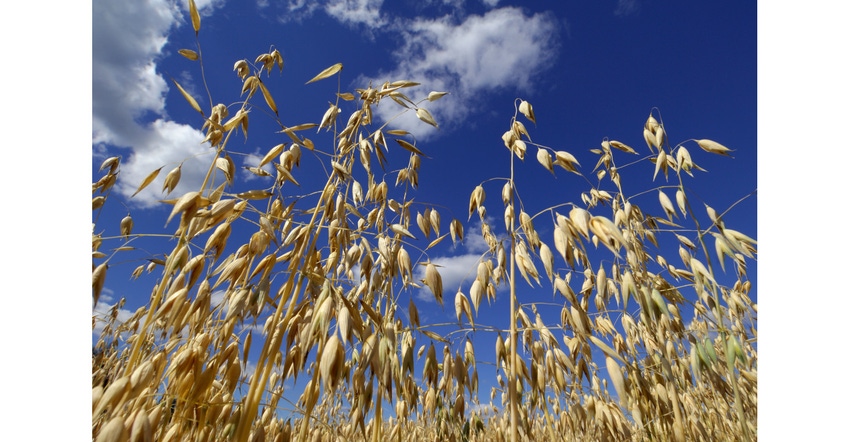New Study Finds Toxic Chemical in Oat Cereals
What is chlormequat and why is it in cereal?

A new study by Environmental Working Group (EWG) has found chlormequat, a little-known pesticide, in four out of five (80%) of people tested.
According to the National Library of Medicine, chlormequat is used as a growth regulator for plants. Farmers apply it to oats and other cereal crops to decrease the height of plants and reduce the risk of lodging.
The groundbreaking analysis of chlormequat in the bodies of people in the US has rung alarm bells, because the chemical is linked to reproductive and developmental problems in animal studies, suggesting the potential for similar harm to humans, EWG states.
EWG tested for the presence of chlormequat in urine collected from 96 people in Florida, South Carolina, and Missouri between 2017 and 2023. The chemical was found in the urine of 77 of them.
Higher levels and more frequent detections of chlormequat were found in the 2023 samples, compared to those from 2017 through 2022, which suggests consumer exposure to chlormequat could be on the rise.
General Mills, the maker of Cheerios, provided a statement to USA Today, saying that all of its products “adhere to regulatory requirements” and that “food safety is always a top priority at General Mills.”
The US Environmental Protection Agency regulations only allow the chemical to be used on ornamental plants — not food crops — grown in the US. But its use is permitted on imported oats and other foods sold here.
Chlormequat was not allowed on oats sold in the US before 2018, when the EPA gave first-time approval for some amount of the chemical on imported oats. The same administration in 2020 increased the allowable level. These regulatory changes might help explain why there is more frequent, higher detections of the chemical in Americans tested.
In April 2023, in response to a 2019 application submitted by chlormequat manufacturer Taminco, the US EPA proposed allowing the first-ever use of chlormequat on barley, oat, triticale, and wheat grown in the US.
In the study, EWG found the median amount of 114 parts per billion in 2023 and 90 ppb in 2022, which means 104 ppb were in he 25 samples of oat foods. The EPA has an MRL for chlormequat in oats of 40 parts per million. For oat bran, it's 10 ppm.
When converted to parts per million, 104 parts per billion looks much smaller. It is 0.104 parts per million, which is 384 times less than 40 ppm. The amount of chlormequat in the urine samples was also much lower than the safe level of exposure, as defined by the EPA above.
About the Author(s)
You May Also Like




